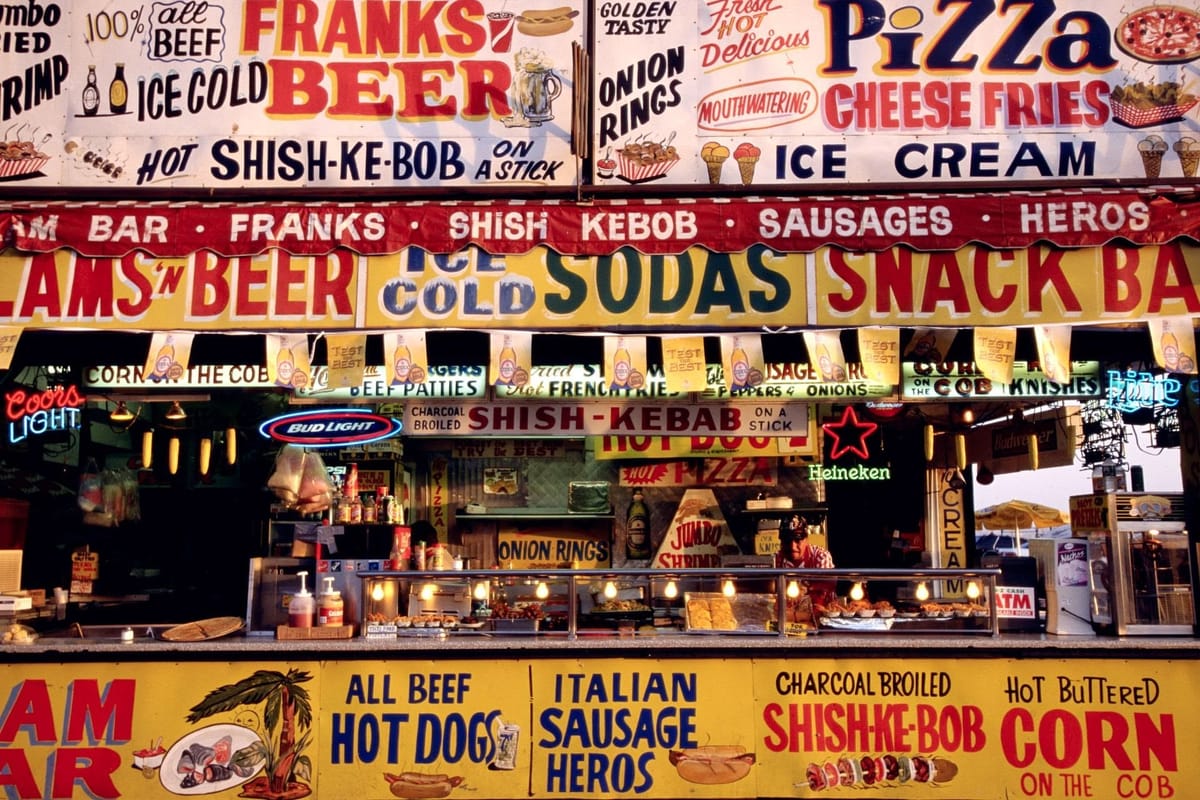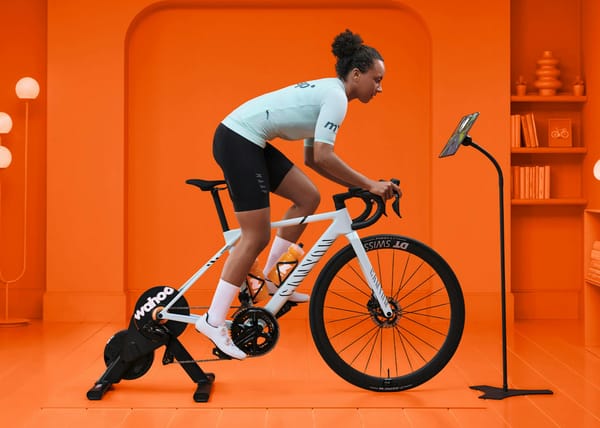How We Learned to Equate Shopping with Liberty
A fascinating essay explores the history of "choice," questioning how picking from a menu became synonymous with freedom—and why that might be a problem.

As someone who builds apps, I spend an embarrassing amount of time thinking about the "paradox of choice." How many options do you give a user? Too few, and the app feels restrictive; too many, and you create decision fatigue and anxiety. This fantastic essay from Aeon digs into the deep history of this very idea, and it really resonated with me as both a developer and a general tinkerer.
It traces the fascinating history of how "making a choice" from a menu—whether for coffee, 17th-century fabrics, or political candidates—slowly became synonymous with our entire concept of "freedom." It's a sharp, reflective piece that questions whether this equation is always a good thing, especially when we're trying to solve big, collective problems that individual preference can't fix. It’s a great read that adds a lot of historical context to a very modern problem.
A couple of passages that really stood out:
Before the age of shopping for goods and selecting ideas had really gotten underway, most choices were structured around doing the right thing rather than the wrong. Since then, choice has increasingly become value-neutral, a matter of one’s own interior preferences being externalised in the act of selection. ... Since the end of the Second World War, we might say that it has become a value unto itself, widely celebrated from billboards to international human rights decrees as the meeting point of capitalism and democracy.
And the simple, powerful conclusion:
As it turns out, choice doesn’t always produce freedom, and freedom itself often looks very different.







